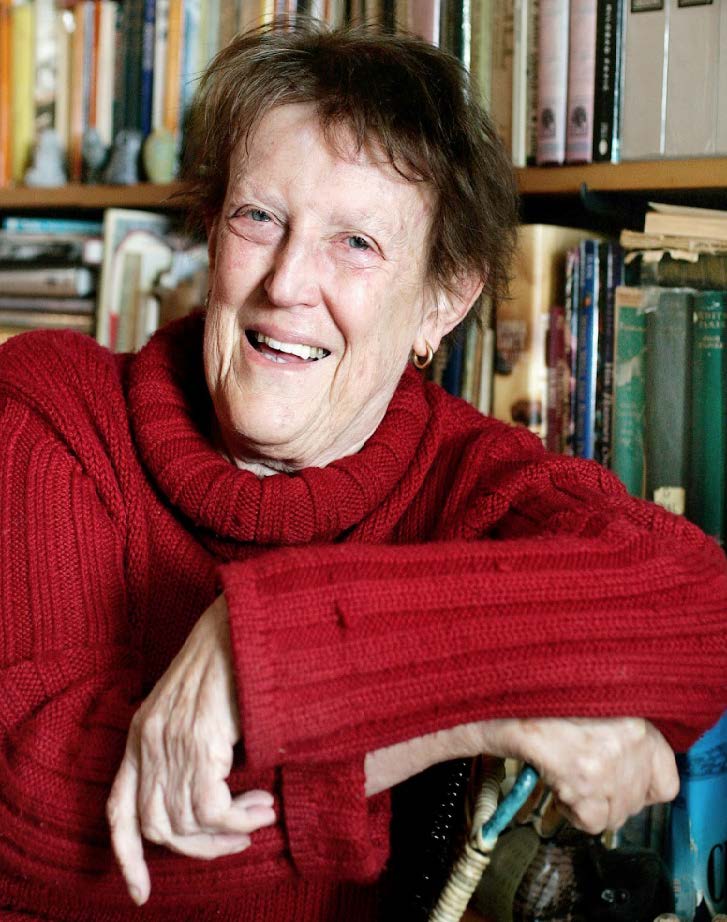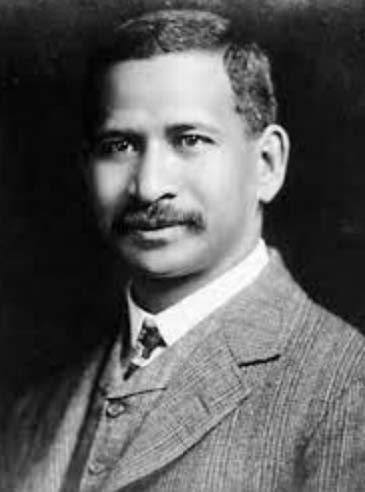Our School Houses
All tamariki and kaiako in our school are placed into one of our 4 school houses. Our houses are named after four outstanding New Zealanders who all have inspiring qualities. School houses develop a sense of identity, pride and collaboration as children engage in friendly competition across the school. It promotes mentoring and tuakana/teina across year levels and it helps to develop our school spirit and culture.

C
O
O
P
E
R
O
O
P
E
R
Whina Cooper was born in Hokianga, New Zealand. She showed interest in history and genealogy at a young age and taught for a while, before working with Sir Apriana Ngata. She worked with him to promote Māori land development programmes. In 1951, she was elected the first president of the Māori Women's Welfare League. She worked on health, housing, education and welfare for Māori women. She walked at the head of the Māori land march in 1975 when she was nearly 80 years old. The march of roughly 5000 people started in Te Hapua and went all the way to Wellington. Cooper moved back to Panguru in 1983 and died at the age of 98.
M
A
H
Y
A
H
Y

Margaret Mahy was born in Whakatane, New Zealand. She was the eldest of five children. Her mother was a primary school teacher and her dad was an engineer, who built bridges and told stories that inspired her writing later in life. Mahy always had a love of books and worked as a librarian in a range of New Zealand libraries. Her first book, 'A Lion in the Meadow', was published internationally. Mahy became a full-time author in 1980. Over the years she wrote more than 100 picture books, 40 novels and 20 collections of short stories. She has inspired children all over New Zealand and around the world with her writing has helped to shape many imaginations.

N
G
A
T
A
G
A
T
A
Apirana Ngata was born in Te Araroa, New Zealand. His father was a tribal leader and his iwi was Ngati Porou. Ngata grew up in a Māori community speaking Māori but his father made sure he also knew about the Pakeha world. Because of his good grades, Ngata was awarded a Te Mākarini Scholarship which allowed him to study at Canterbury College where he studied arts and law and completed a BA in political science in 1893, later completing an MA in the same subject. He then moved to Auckland, where he worked at a solicitors and completed his LLB (Bachelor of Laws degree) in 1896. This made him the first New Zealander to complete a double degree. In 1905, Ngata was elected to parliament and in 1909, he was elected to Cabinet. He was responsible for Māori land councils. This was the beginning of his 38 years in parliament, six of which were spent as Minister of Māori affairs. In his time in parliament, Ngata made huge movements to protect Māori history and
culture, promoting the haka, poi dancing, Māori sport and traditional carving. His biggest focus was working on land development. Ngata assed away on 14th July 1950, in Waiomatatini.
culture, promoting the haka, poi dancing, Māori sport and traditional carving. His biggest focus was working on land development. Ngata assed away on 14th July 1950, in Waiomatatini.
H
I
L
L
A
R
Y
I
L
L
A
R
Y

Edmund Hillary was born in Auckland, New Zealand. At school he spent a lot of time reading books, dreaming of a life of adventure. A trip to Mt Ruapehu when he was 16 sparked his interest in climbing and Hillary began getting involved in climbing groups. In February 1953, Hillary was invited to join an expedition to Mount Everest with the British. Only one group was allowed a year on Everest so this was a big deal. There were over 400 people involved in the expedition. With an expedition like this, they had to climb the mountain in stages, moving higher every few weeks. As they got higher, more and more people stayed behind. By the time they got to the final camp, there were only two teams left; one of those was Hillary and his partner Tensing Norgay. On 29th May, they became the first people in the world to make it to the top. They could only stay at the top for a few minutes due to how thin the air was, before turning back to tell everyone they had made it.
